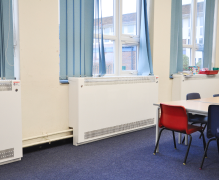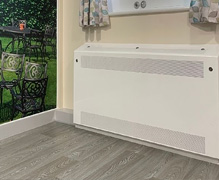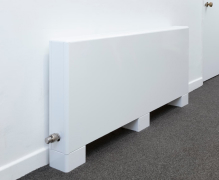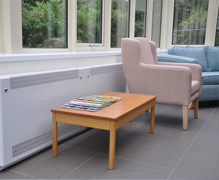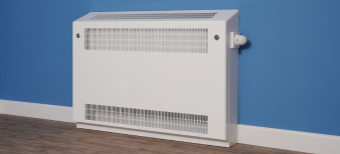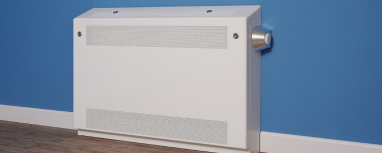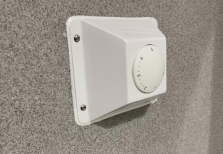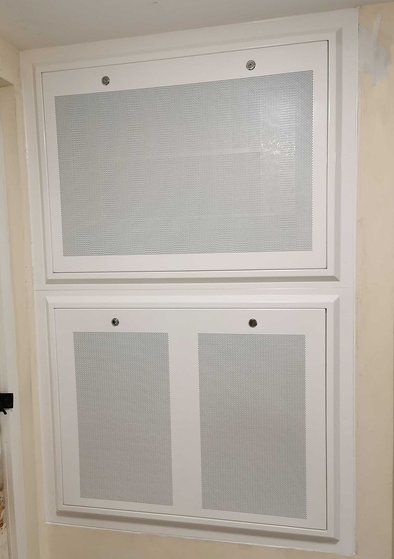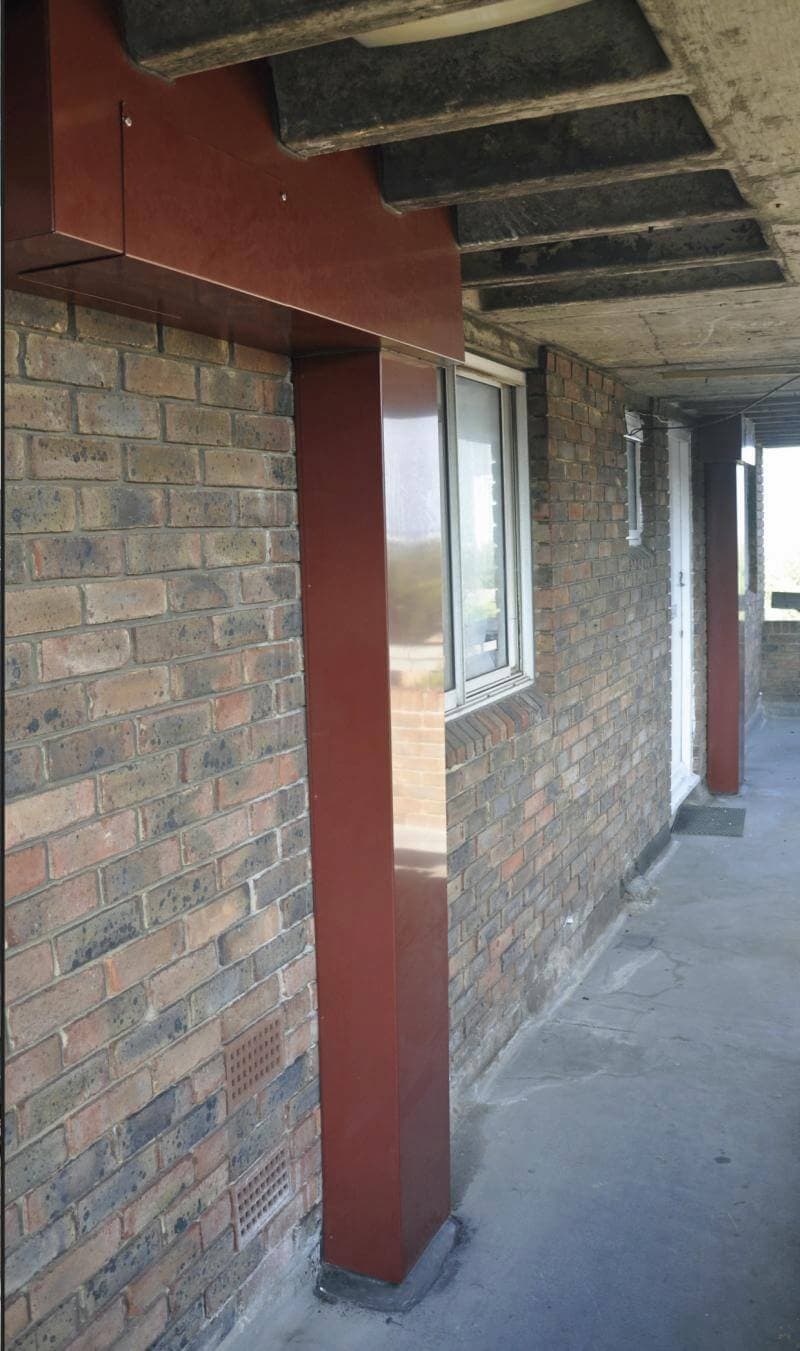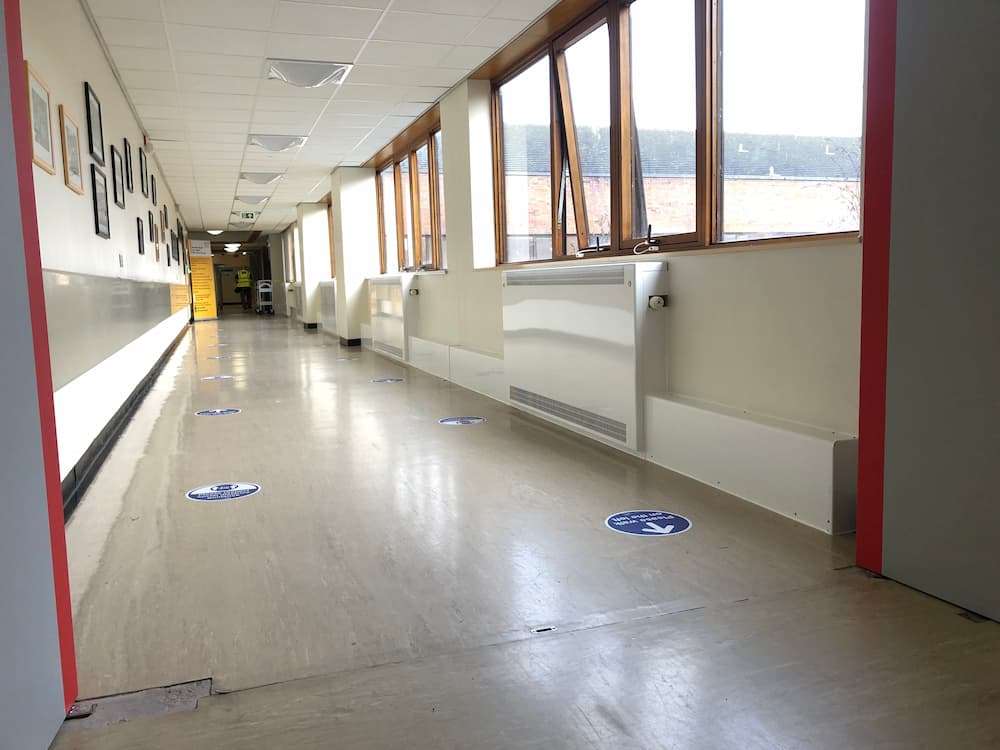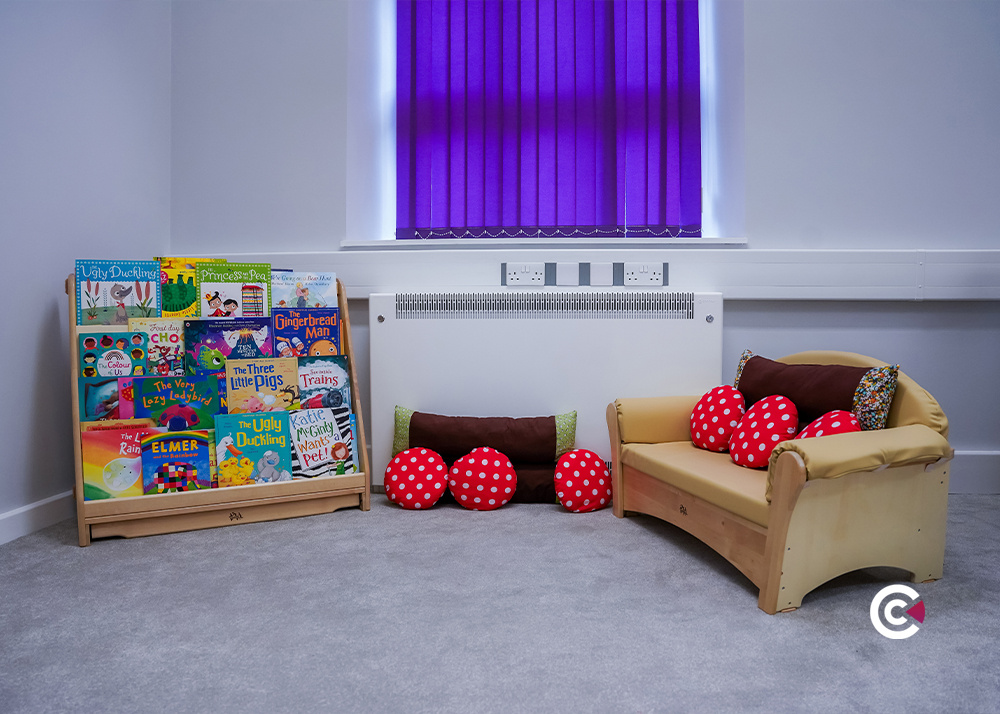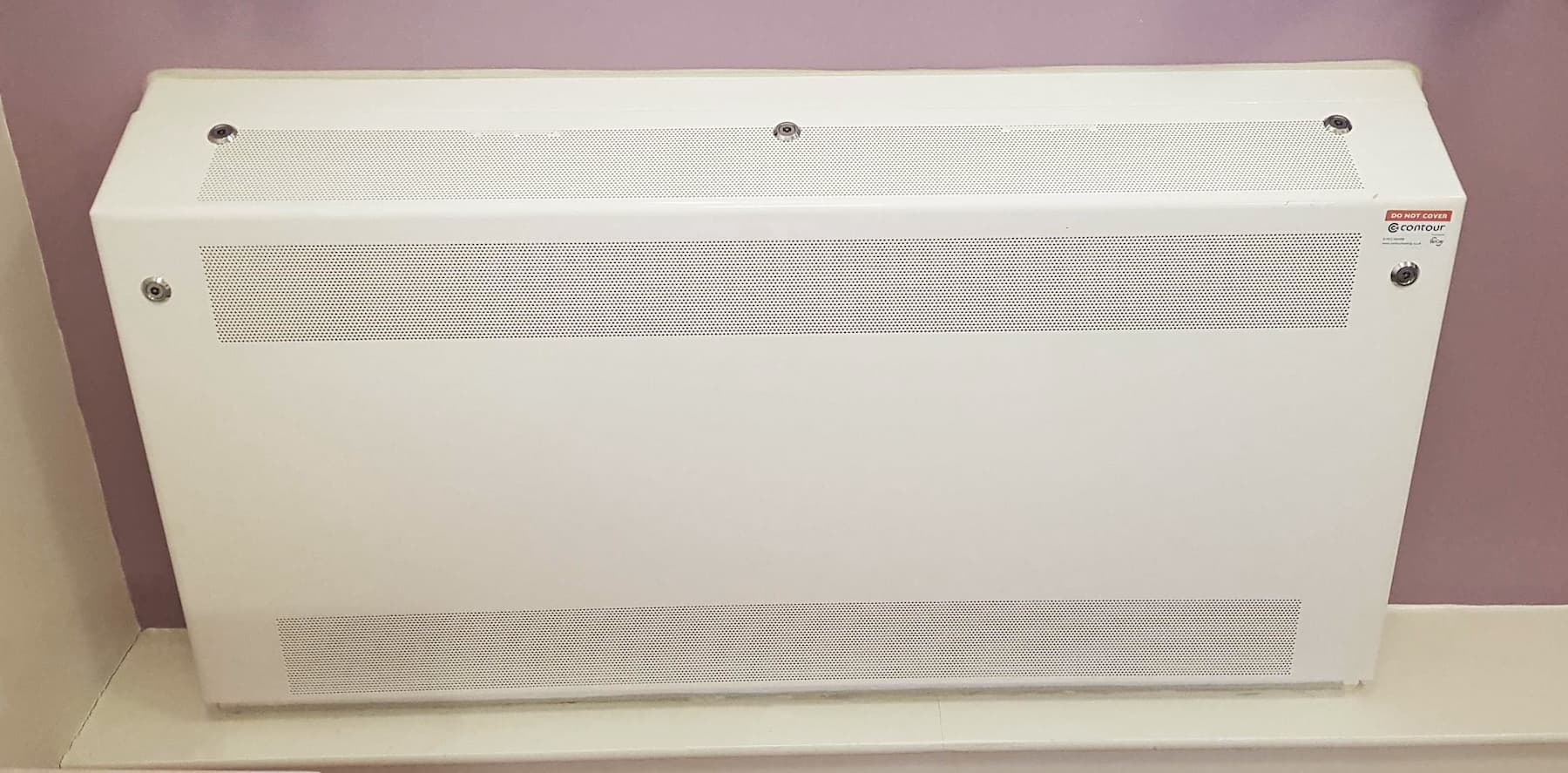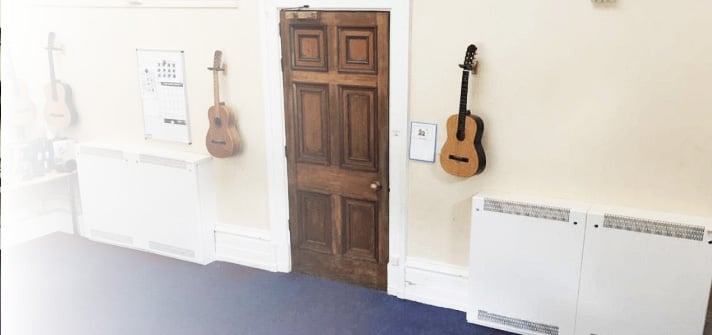You can choose the safest anti-ligature radiator on the market, install it using anti-pick mastic with secure locks to stop ligatures and significantly increase the level of safety within your mental health setting.
However, if no thought is taken on where you position the radiator in relation to other furniture or walls, you could be creating stash points and potential ligature points. We aim to have more than 100mm of space between the side of the cover and the wall or fixture that is to the side of the cover.
If there is a clear line of sight to each of the radiator covers then this gap could be slightly smaller than 100mm. This would be at the discretion of the surveyor if they thought that particular scenario would be ok to do.
If there isn’t a clear line of sight and there is a potential for items to be hidden down the side or hard for the cleaners to get mops and dusters down there, then we would look to cover that gap up with the radiator cover and take that gap away.
This is a common occurrence. During the surveying process, we come across many radiators with a small gap in the wall that isn’t safe enough for modern mental health requirements and can't be solved by an anti-ligature radiator alone.
This small addition to an anti-ligature radiator goes beyond preventing ligature points. Open-ended shoulders also help further secure these mental health environments.
Anti-Ligature Radiator Requirements
Believe it or not, there are actually no anti-ligature product guidelines when it comes to space between products and walls. Instead, much of the regulation comes down to the individual trusts, adding further pressure on sourcing the right products.
While Contour’s anti-ligature products use IP3x grilles protecting against the ingress of objects larger than 2.5mm, if the radiator is installed less than 100mm from the wall, you unknowingly add design risks to the environment.
This is the exact time to use open-ended shoulders.
This small piece of material, manufactured in exactly the same manner as covers (rivetted and coated with BioCote), and fitted between the cover and the wall is enough to significantly reduce ligature points within the vicinity.
Don’t let small gaps reduce the safety of your mental health unit. This simple addition, available at the point of purchase or retrofitted onto existing covers, will ensure the safety of service users in your environment.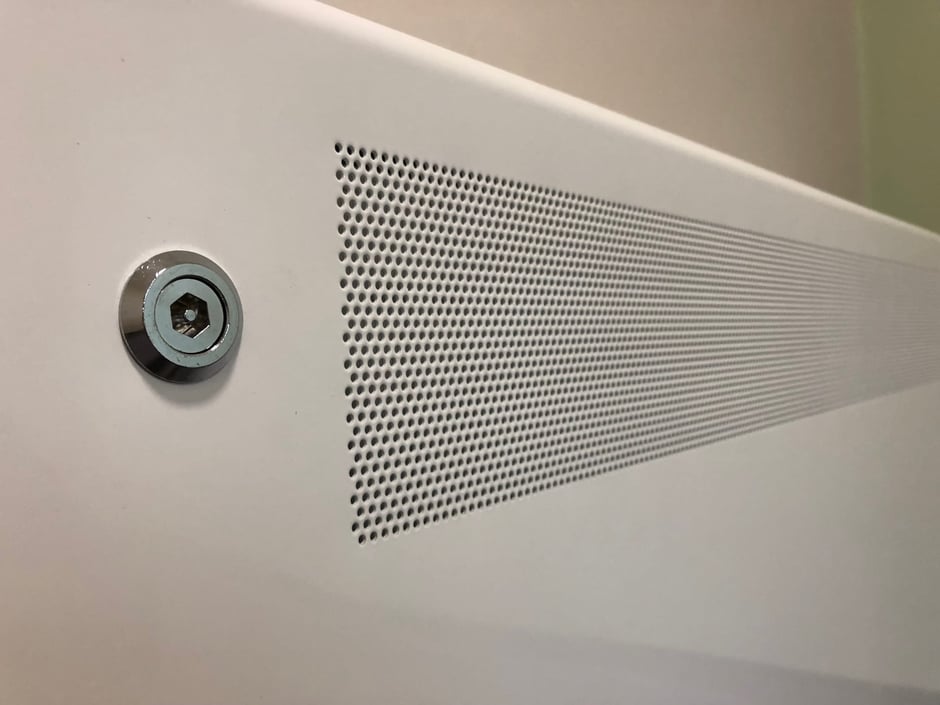
Contour’s Regional Sales Manager Rich Holland explains:
"In many instances, radiators will be positioned tightly to a corner. Our radiator guards have a standard tolerance of 100 millimetres from the edge of the radiator to the side of the casing.
“If the radiator is only 130 millimetres to the wall, a standard cover will finish 30 millimetres short of the wall. This presents significant health and safety risks to individuals within a mental health setting".
When there is no regulation, you have to make your own and generally using open-ended shoulders on gaps less than 100mm is what we recommend.
Anti-Ligature Radiator Covers
If you’ve gone as far as choosing anti-ligature products, then there’s no point doing half a job. As alluded to, you can have the safest anti-ligature products on the market, but if just the smallest of gaps is left, then it can create new risks.
While there is no regulation in place, it’s up to manufacturers to take the initiative and find ways of minimising these points.
Open-ended shoulders are just the start. Speak to experts in mental health products today and work out the best solution for your needs.
-1.png)

